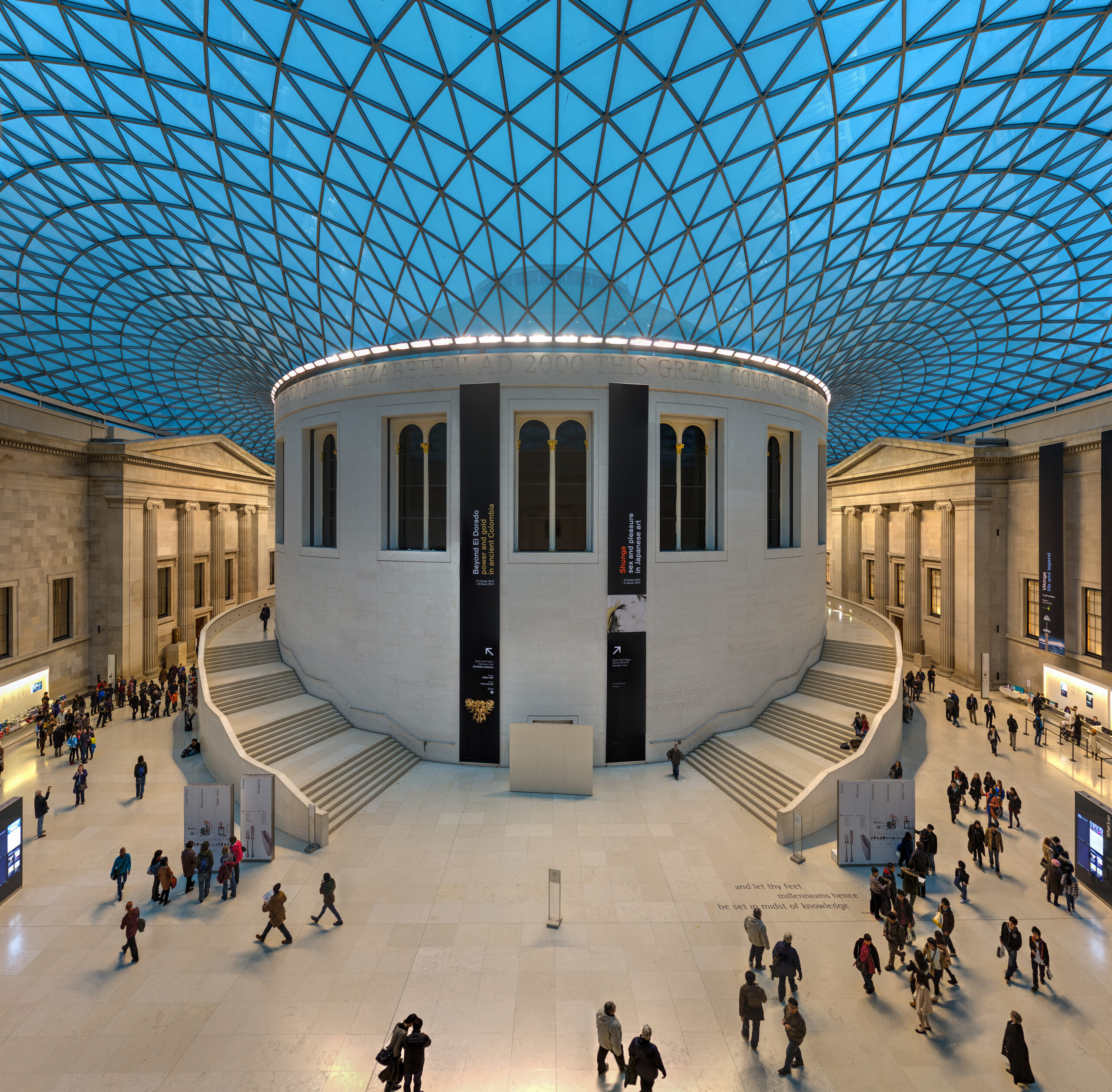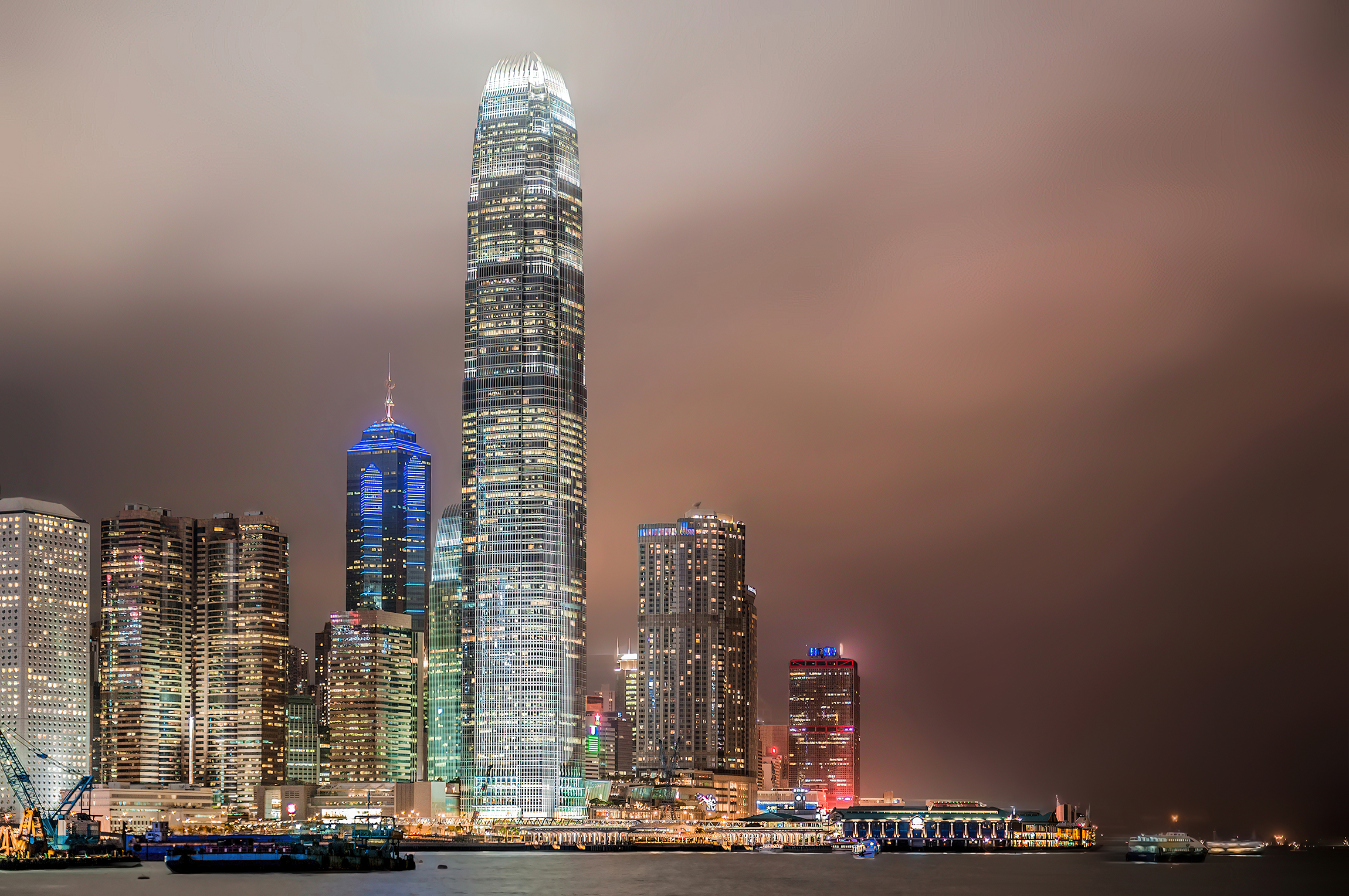Urban development in America has been shaped by a series of transformative events. From the rise of skyscrapers to the impact of technological advancements, each event has contributed to how cities look and function today. This article delves into ten significant occurrences that have left an indelible mark on American urban landscapes.
The Advent of Skyscrapers
In the late 19th century, the skyline of American cities began to change dramatically with the construction of skyscrapers. The introduction of steel-frame construction and the invention of the elevator were pivotal in this development. Cities like Chicago and New York became pioneers in this architectural revolution. These towering structures not only altered city skylines but also signaled a shift in urban density and land use. The skyscraper became a symbol of progress and economic power, influencing urban development on a global scale.
The Great Migration

The Great Migration, which took place from 1916 to 1970, had a profound impact on urban areas in America. Millions of African Americans moved from the rural South to the urban North in search of better job opportunities and living conditions. This mass movement reshaped cities like Detroit, Chicago, and New York, leading to significant demographic changes. The influx of new residents spurred economic growth but also highlighted racial tensions and housing challenges. The cultural influence of the Great Migration is still evident in the music, art, and social dynamics of these cities.
The Interstate Highway System

The Federal-Aid Highway Act of 1956 marked a turning point in urban development with the creation of the Interstate Highway System. This extensive network of roads and highways connected cities across the country, facilitating commerce and mobility. However, the construction of these highways often led to the destruction of neighborhoods and the displacement of communities. The emphasis on car travel also contributed to suburban expansion and the decline of public transportation systems in many cities. Today, the legacy of the Interstate Highway System can be seen in the sprawling urban landscapes and traffic congestion.
Suburbanization and the Rise of the Suburb
Post-World War II America witnessed a significant shift towards suburbanization. Factors such as the G.I. Bill, affordable housing, and the desire for a better quality of life fueled this movement. Suburbs offered spacious homes, green spaces, and a sense of community, attracting families away from crowded city centers. This trend led to the expansion of metropolitan areas and the development of new infrastructure to support suburban living. However, it also resulted in urban decline, as resources and investment were diverted away from city centers.
Urban Renewal and Redevelopment
In the mid-20th century, urban renewal projects aimed to revitalize decaying city areas. Government initiatives focused on clearing blighted neighborhoods and replacing them with modern infrastructure and housing. While some projects succeeded in improving urban environments, many faced criticism for displacing residents and erasing historical communities. The legacy of urban renewal is a mixed one, with some cities benefiting from revitalization while others struggle with the social and economic consequences of redevelopment efforts.
The Civil Rights Movement
The Civil Rights Movement of the 1960s had a profound impact on urban development in America. Activists fought for equality and justice, challenging discriminatory practices in housing, education, and employment. Landmark legislation such as the Civil Rights Act of 1964 and the Fair Housing Act of 1968 aimed to dismantle segregation and promote equal opportunities. These changes influenced the development of more inclusive urban policies and encouraged diversity in cities. The movement also sparked community empowerment and advocacy for better living conditions in urban areas.
The Energy Crisis of the 1970s
The energy crisis of the 1970s prompted a reevaluation of urban planning and development. Rising fuel prices and shortages led to increased interest in energy-efficient building designs and public transportation. Cities began to focus on sustainability and reducing reliance on fossil fuels. This period saw the emergence of environmental awareness and the integration of green spaces into urban planning. The energy crisis served as a catalyst for innovative solutions in urban development, paving the way for future advancements in sustainable cities.
The Technological Revolution

The technological revolution of the late 20th and early 21st centuries has transformed urban development in unprecedented ways. Innovations such as the internet, smartphones, and smart city technologies have reshaped how cities operate and interact with residents. Urban planners now have access to data-driven insights for efficient resource management and improved public services. The rise of digital infrastructure has also facilitated remote work and e-commerce, influencing the design and functionality of urban spaces. Technology continues to drive urban development, with cities adapting to the demands of a connected world.
The Financial Crisis of 2008
The financial crisis of 2008 had far-reaching effects on urban development in America. The housing market collapse led to widespread foreclosures and a decline in property values. Cities faced budget constraints and reduced funding for public services and infrastructure projects. However, the crisis also spurred innovation and resilience, with communities finding creative solutions to economic challenges. The emphasis on affordable housing and sustainable development became a priority for urban planners, shaping the future of American cities.
The COVID-19 Pandemic
The COVID-19 pandemic has been a defining event in recent urban development. The pandemic forced cities to adapt to new realities, with remote work, social distancing, and public health measures becoming the norm. Urban planners are now rethinking the design of public spaces, transportation, and housing to accommodate changing needs. The pandemic highlighted the importance of resilient and adaptable urban environments, prompting a renewed focus on health, safety, and community well-being. As cities emerge from the pandemic, the lessons learned will continue to shape urban development in the years to come.


